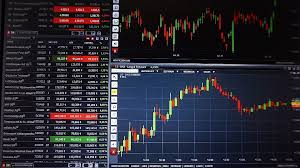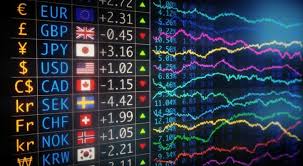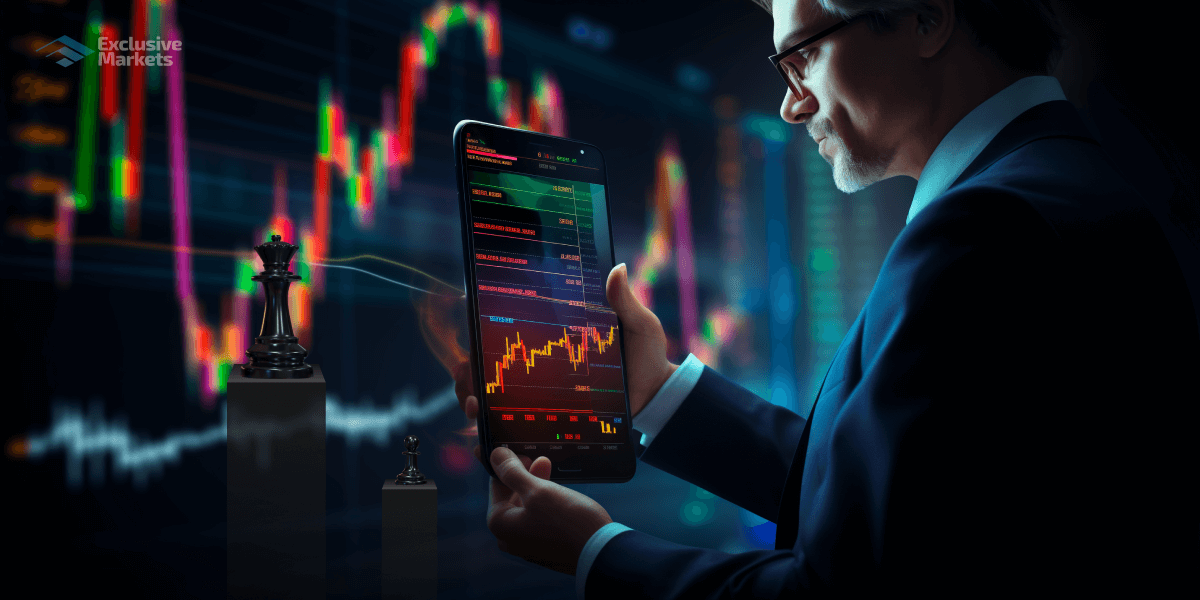
In the dynamic landscape of currency trading, automated forex trading software Trader Marocco stands out as a comprehensive guide for traders looking to navigate the complexities of Forex. One of the most significant advancements in this field is the rise of automated Forex trading software. This technology has revolutionized the way traders approach the Forex market, providing them with tools that facilitate smarter decision-making and operational efficiency.
What is Automated Forex Trading Software?
Automated Forex trading software is a platform that allows traders to implement trading strategies through the use of algorithms and predefined criteria without the need for manual intervention. This means that trades can be executed in milliseconds based on market changes, thus minimizing the impact of emotions on trading decisions.
How Does Automated Trading Work?
The software is built on robust algorithms that analyze market data in real-time to identify potential trading opportunities. Traders can configure parameters, such as stop-loss orders, take-profit levels, and trade sizes, allowing the software to operate autonomously or semi-autonomously. When it detects favorable trading conditions, it opens, manages, or closes trades on behalf of the user.
The Components of Automated Forex Trading Software
Typically, automated Forex trading software consists of three main components:
- Trading Algorithm: This is the core of the software. It includes the rules and calculations the software uses to decide when to buy or sell a currency pair.
- Backtesting Functionality: This allows users to test their strategies using historical data before applying them in real-time trading. Backtesting is critical for evaluating the effectiveness of a trading strategy.
- User Interface: A user-friendly interface allows traders to customize their settings easily, monitor trades, and review reports on their trading performance.

Benefits of Using Automated Trading Software
There are several advantages to employing automated Forex trading software:
- Emotion-Free Trading: Software operates based on data and algorithms, removing emotional decision-making that can lead to impulsive actions.
- Speed and Efficiency: Automated systems can process vast amounts of data and execute trades quickly, capitalizing on market opportunities that a human trader might miss.
- Consistent Performance: Automated systems apply the same strategy consistently, reducing the chances of errors that often occur in manual trading.
- Time-Saving: Traders save significant time by allowing the software to take care of routine trading tasks while they focus on strategy development.
Challenges and Risks Involved
Despite their benefits, automated trading systems come with their own set of challenges and risks:
- Technical Glitches: Any software can experience failures or bugs that could lead to unexpected losses.
- Market Changes: Automated strategies that worked in specific market conditions may become ineffective if the market behavior changes.
- Over-Optimization: Relying too heavily on backtested results can lead to overfitting, where a strategy performs well on historical data but fails in real-time trading.
Popular Automated Forex Trading Software Platforms

Numerous platforms cater to traders interested in automated Forex trading. Some of the most popular include:
- MetaTrader 4 (MT4) and MetaTrader 5 (MT5): These platforms are known for their user-friendly interfaces and extensive library of plugins and automated trading scripts.
- NinjaTrader: This software specializes in futures and Forex trading, offering solid analytics and automation features.
- cTrader: cTrader provides advanced trading tools and features, making it ideal for algorithmic trading.
- TradeStation: Known for its powerful analysis capabilities, TradeStation also offers trading automation.
Creating Your Trading Robot
For those inclined to develop their own trading systems, creating a custom trading robot is an option. Most trading platforms provide APIs and development environments that allow traders to create and test their algorithms. Here are some steps to get started:
- Define Your Strategy: Clearly outline the trading rules and conditions. This forms the foundation for your algorithm.
- Choose Your Development Environment: Platforms like MT4/MT5 allow for scripting in MQL4/MQL5, which are powerful languages for developing trading algorithms.
- Backtest Your Strategy: Use historical data to simulate how your algorithm would have performed under various market conditions.
- Optimize: Adjust your strategy based on backtesting results to improve performance.
- Deploy: Once you’re satisfied with the results, connect your algorithm to a live trading account.
Conclusion
Automated Forex trading software represents a transformative opportunity for traders seeking more efficient, emotion-free execution of their strategies. While it offers numerous benefits, it is crucial for traders to remain vigilant about the associated risks. By understanding how to effectively implement and monitor their automated trading systems, traders can greatly enhance their potential for success in the Forex market. The future of trading is indeed automated, and those who adapt to this change will find themselves at an advantage in this competitive arena.
Final Thoughts
As the world of Forex continues to evolve, staying informed and leveraging technology effectively can make all the difference. Automated trading software not only streamlines the trading process but also equips traders with the tools required to make informed decisions. Whether you’re a novice or a seasoned trader, the integration of automated solutions into your trading strategy could be the key to unlocking a new level of trading success.
